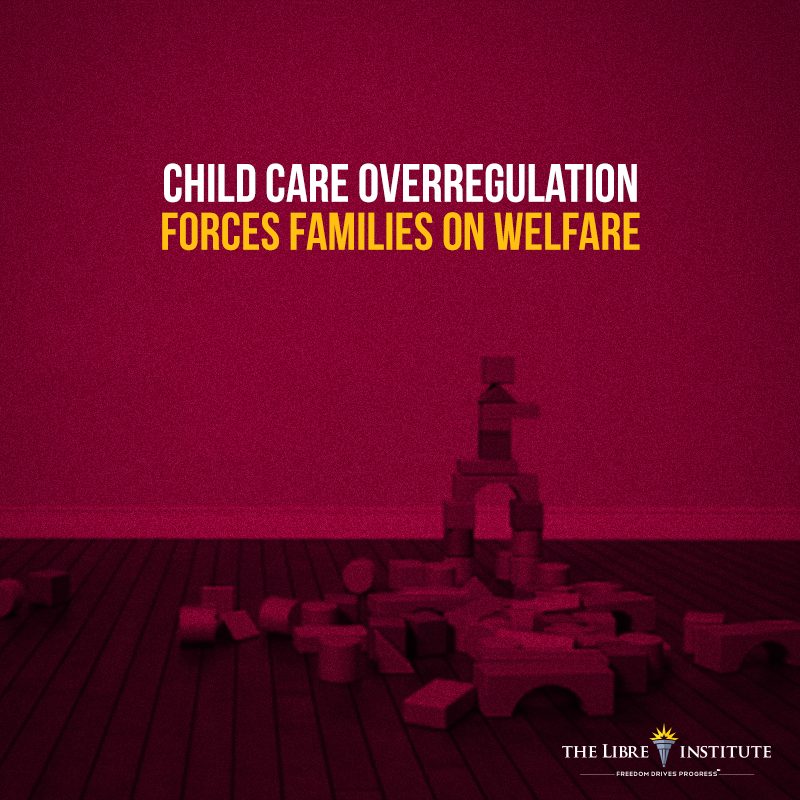During the last State of the Union address, President Obama cited the rising cost of child care as one of the main barriers to having both parents in the workforce, and announced a plan to increase federal spending for child care assistance. The plan resonated with many families across the nation, including millions of Hispanic families. According to recent data, Hispanic and African American working families are twice as likely as other groups to be low-income and more likely to be targeted by government initiatives that help pay for child care services. But is more government assistance the best solution to the rising cost of child care? A new study from The Mercatus Center at George Mason University challenges the administration’s approach by offering a different way to make child care less expensive.
There is an experience most new parents share in our nation – the sudden worry upon learning the exorbitant cost of child care. In 2014, families spent on average $18,000 on child care, which is now the largest household expense (housing is $17,000 and food is $7,000). Unsurprisingly, when faced with the high cost of child care, many parents decide to drop out of the workforce in order to care for their children full time.
The Mercatus Center decided to examine the factors driving child care cost, and their resulting study set out to estimate the relationship between child care regulations and the cost of care at the state level. The study found that several regulations, such as maximum child–staff ratios, group size limits, and training requirements, significantly increase the cost of child care without actually enhancing child care outcomes or safety. Parents do find comfort in a certain level of oversight for child care services. But tip the scales too far and the costs of these regulations can begin to grow without much benefit to families. In fact, the analysis suggests that “a number of existing regulatory requirements could be relaxed to provide cost savings to low-income families without significantly reducing the quality of child care.”
The study has important implications for policy-makers and parents alike. Merely having the government pay for child care may create a disincentive for state and local governments to eliminate unnecessary regulatory burdens and does little to actually drive down costs. These burdens, if removed, may actually lower the cost of child care, and also could drastically reduce the need for government assistance – producing savings for the taxpayer. This point is articulated in the Mercatus study, where the authors explain that burdens that drive up cost can “condemn whole sections of the population to a dependence on welfare.” Families that truly value the level of service mandated under these regulations would still have the option to pay for them – without forcing low-income families to go without child care altogether, simply because of the cost.
As Congress prepares to resume work on next year’s budget, lawmakers should move beyond the idea that merely expanding government assistance can be an effective tool to reduce the cost of child care, especially when there is evidence that overregulation is one of the root causes of the rise in cost. This approach would not only save taxpayer money, but it would also free up more resources to help the neediest families. If we are serious about making child care more affordable for all families, the solutions is not merely to pass the bill to the taxpayer, but rather find ways to reduce cost-increasing burdens.
